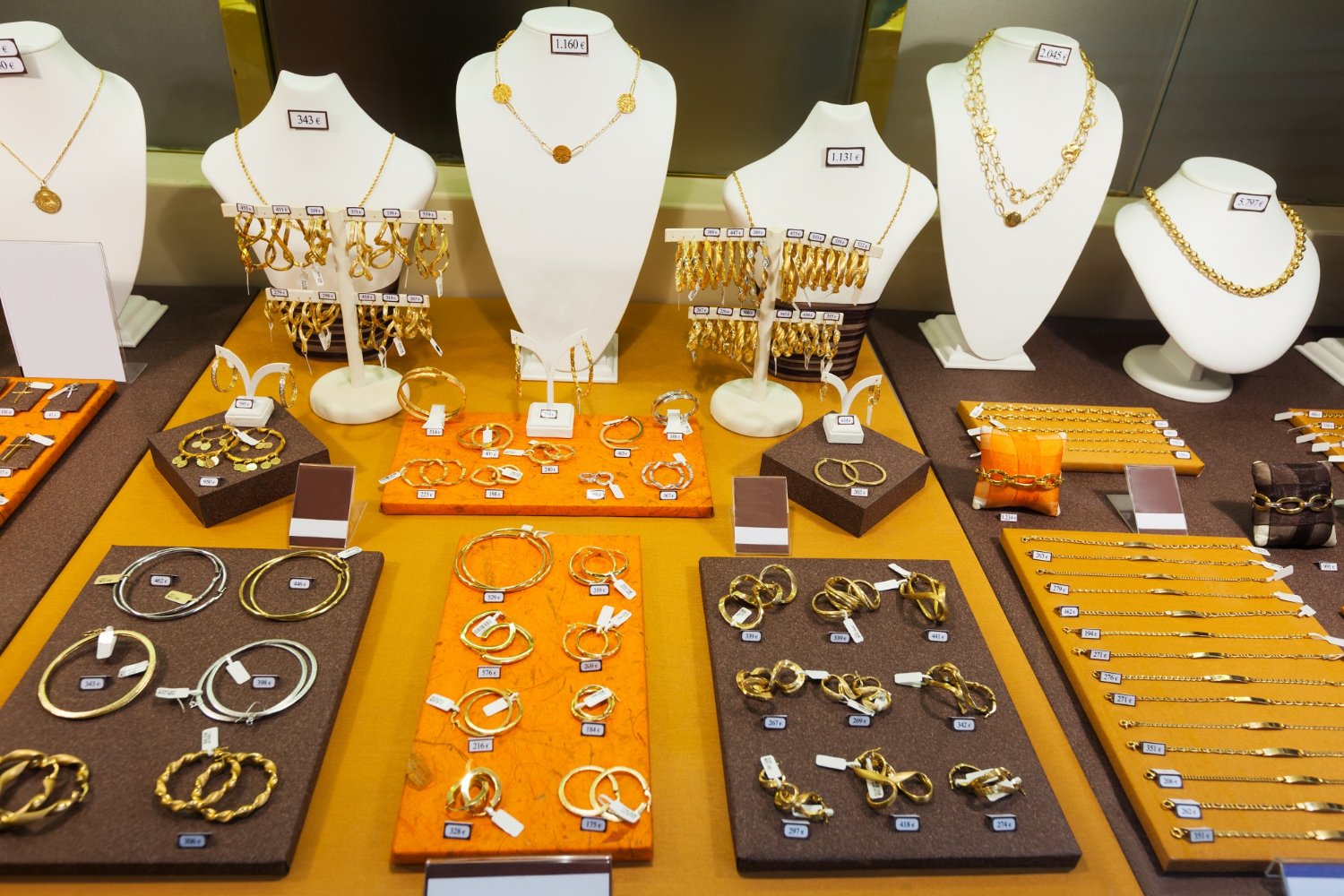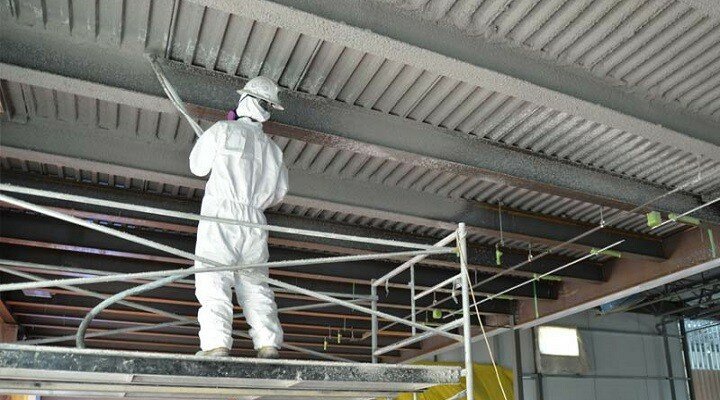In the digital era, virtual business meetings have become an integral part of corporate communication. With the rise of remote work and global collaboration, choosing the right technology setup for virtual meetings is crucial. A key aspect that significantly affects the quality of these meetings is the camera’s Field of View (FoV). The FoV, measured in degrees, determines how much of the surroundings the camera can capture, impacting both the visual experience and the meeting dynamics. In this article, we will explore the ideal FoV range for business meeting fov 70 90, specifically focusing on the balance between 70° and 90°.
Understanding Field of View (FoV) in Virtual Meetings
Field of View (FoV) refers to how much of the observable world a camera can capture at any given moment. It essentially dictates how much of the room and participants will be displayed on the screen during a virtual meeting. A narrower FoV focuses more on the individual, while a wider FoV can capture more people and background in the frame.
In a business context, the choice of FoV is vital. An appropriate FoV not only ensures that all participants are clearly visible but also minimizes distractions, thereby improving communication. Typically, business meeting cameras offer FoVs ranging from 70° to 120°. However, for most business environments, a range between 70° and 90° strikes the best balance.
Advantages of a 70° FoV for Business Meetings
A 70° FoV is on the narrower side, offering a more focused and intimate view during a business meeting. Here are some benefits of opting for a 70° FoV:
- Focus on the Speaker: A 70° FoV tends to zoom in on the speaker or a specific area, ensuring that the main participant’s expressions, gestures, and body language are captured in greater detail. This setup is ideal for one-on-one meetings, interviews, and presentations where focus and clarity are key.
- Reduced Distractions: A narrower FoV limits the amount of background space visible in the frame, helping to reduce distractions. This can be especially beneficial in home office settings, where irrelevant background elements might otherwise draw attention away from the conversation.
- Professional Appearance: With a 70° FoV, the meeting space appears more organized, as only a small portion of the surroundings is shown. This can help convey a more professional image, as participants are less likely to be concerned about tidying up larger areas of their workspace.
- Better Sound Quality Synchronization: Narrower FoVs often require the camera to be positioned closer to the participant. This proximity can result in better sound capture, as the microphone can pick up the speaker’s voice more clearly, reducing the need for advanced noise-cancellation technology.
Despite its advantages, a 70° FoV has limitations. It may not be suitable for meetings involving multiple participants in the same room, as it might not capture everyone effectively. This makes it less ideal for larger conference rooms or team discussions.
Benefits of a 90° FoV in Business Meetings
A 90° FoV provides a broader view, allowing for a more inclusive and spacious frame. Most people consider this slightly wider FoV a sweet spot for business meeting scenarios. Here’s why a 90° FoV could be the optimal choice:
- Ideal for Small Group Meetings: A 90° FoV is wide enough to include several participants sitting around a small table. This makes it suitable for small group discussions, team collaborations, and brainstorming sessions where more than two people need to be visible.
- Balanced Visibility: While it offers a wider view than the 70° FoV, a 90° FoV still maintains a certain level of focus on the participants. This balance ensures that people remain the primary visual element without overwhelming the screen with too much background.
- Enhanced Context: In certain business settings, it’s important to capture some contextual background, such as a whiteboard, projector screen, or relevant office decor. A 90° FoV allows for this added context without losing focus on the participants.
- Suitable for Varied Spaces: A 90° FoV is versatile, fitting well into various room sizes, from small office spaces to medium-sized conference rooms. Its adaptability makes it an excellent choice for businesses with different meeting environments.
However, the 90° FoV may introduce more background elements, which could be distracting if the surrounding environment is not tidy or professional. Proper background management is key when using this FoV for meetings.
Choosing the Right FoV: Factors to Consider
When deciding between a 70° and 90° FoV for business meetings, consider the following factors:
- Number of Participants: A 70° FoV is ideal for one-on-one or small meetings with a single focal point, while a 90° FoV is better suited for capturing multiple people in the frame.
- Room Size: In smaller rooms, a 70° FoV can provide an intimate feel, whereas a 90° FoV works well in medium-sized spaces, offering a more comprehensive view without being too wide.
- Purpose of the Meeting: For formal presentations or interviews, a narrower FoV may enhance focus, while team collaborations or discussions benefit from a slightly wider view to include everyone.
- Background Management: Wider FoVs, like 90°, require a clean and organized background to maintain a professional appearance during meetings.
Conclusion
Selecting the right Field of View for business meetings is crucial to enhancing communication and creating a productive virtual environment. While a 70° FoV offers a focused, distraction-free view suitable for one-on-one meetings, a 90° FoV provides a balanced, inclusive frame ideal for small group discussions. By considering factors like the number of participants, room size, and meeting purpose, businesses can choose the optimal FoV to enhance their virtual meeting experiences.











